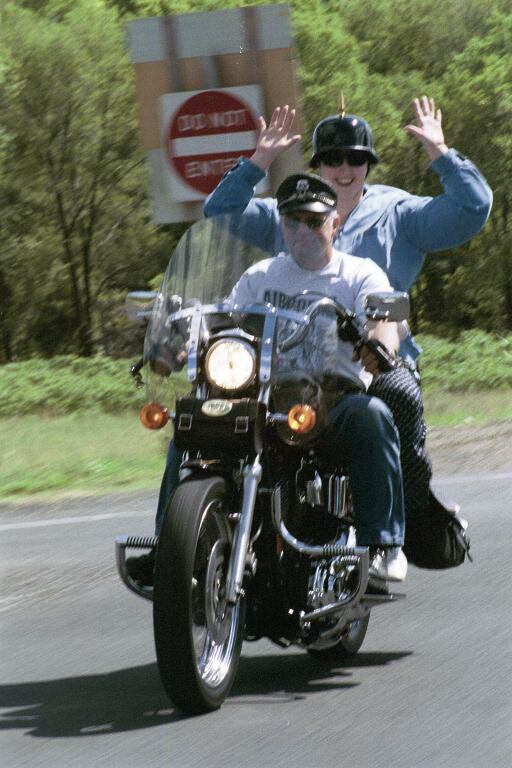Proofread your Material!
I feel grumpy today, so here’s the first paragraph of an article I pulled pretty much at random from some material that should have been proofread by an editor. I’m going to grouse about the writing.
Thank you to everyone that contacted their legislator, testified on a bill, or attended a committee hearing this session! You know the old saying “You when some, you lose some?” Well that about sums up the 148th General Assembly! Here is a run down of legislation and budgetary items addressed this year.
First, something they got right: They didn’t say “We’d like to thank you…” They actually said thank you. Good for them.
Sigh.
Goof one: People are “who,” not “that.” So it should be “…everyone who contacted…”
Goof two, check your references. It’s “Win some, lose some.”
Goof three: The question mark should go outside the quotes. It’s not part of the old saying.
Goof four: “Well” is an aside. Separate it from the rest of the sentence with a comma. Myself, I’d have left it out and started the sentence with “That.”
Goof five: too many exclamation points. One per paragraph is a great plenty.
Goof six: “run down” should be “run-down.” It’s a compound noun.
That was the first paragraph. I shudder to read the rest of the article. To avoid embarrassment, I won’t cite my source.
Subscribe to this blog's RSS feed
Related relatives: that, which, who
Hebrew has a word, asher (accent on the second syllable, so ah-Sher), loosely translated at the back of a Hebrew grammar I have, as “that, which, who,” a woefully oversimplified definition of this complex word, but it fits perfectly as the title of today’s lesson. These three words are easy to get wrong in English. But when you get these three words right, you improve your writing.
That
You can use that in a whole bunch of ways. Mainly it’s a relative pronoun. It shows some connection between two things. Use it when the connection is important to the sentence. Do not use “which.”
Here is the motorcycle that my brother rides.
That is also a demonstrative: That man is riding a motorcycle. I remember my English teacher used to demonstrate multiple uses of “that” with this sentence:
That “that” that that man said was wrong.
The first and last are demonstratives, the third one is relative, and the one in quotes is a noun.
Which
Use which when the connection is not important to the structure of the sentence—when you have an aside. It is usually right after a comma.
Correct: Bob’s motorcycle, which is the black one, is a Harley.
Incorrect: Here is the motorcycle which my brother rides.
A lot of people use which when that will do, and I’ll probably never win this battle, but still, don’t. It’s pretentious.
Who
Use who when you refer to people; use that when you refer to things.
Correct: The tough-looking guy who just climbed onto his motorcycle is my brother.
Incorrect: The tough-looking guy that just climbed onto his motorcycle is my brother.
There you have it. In case you are wondering, my brother really does ride, and his bike is a Harley. Here he is, taking my wife for a ride.
Who is that?
I see this so often in internet marketing efforts; you’d think these folks were more literate. “That” and “who” are called relative pronouns. They refer to a word that came earlier in the sentence. (Yes, I know, they have other names in other contexts.)
who—refers to PEOPLE, people! You might say, “Will the person who got my name wrong please stand up?”
that—refers to THINGS, but not people. (I was going to use all caps instead of italic, but I don’t want to be someone who displays bad manners by shouting.) Say “Things that go bump in the night…”
You don’t refer to things who go bump in the night; don’t refer to people that do something. This rule applies to words that stand for people, too. “The teacher who teaches well…” “The police who were on duty that night…” “The wretch who stole my pen…” I invite those of you who read this tender missive to provide your own examples in the comments.
Harrumpf.
Download that report on the right and be one of the folks who writes well.

